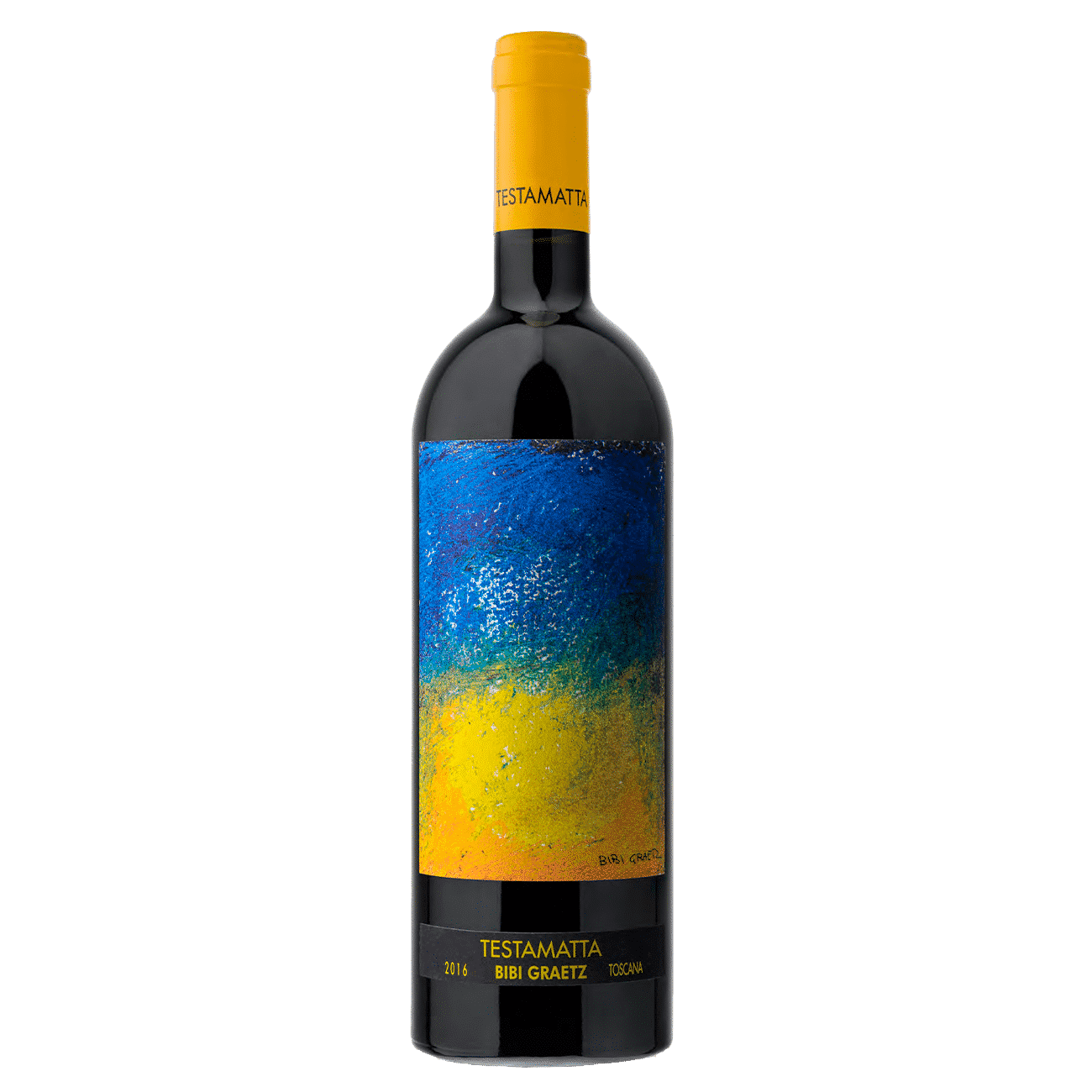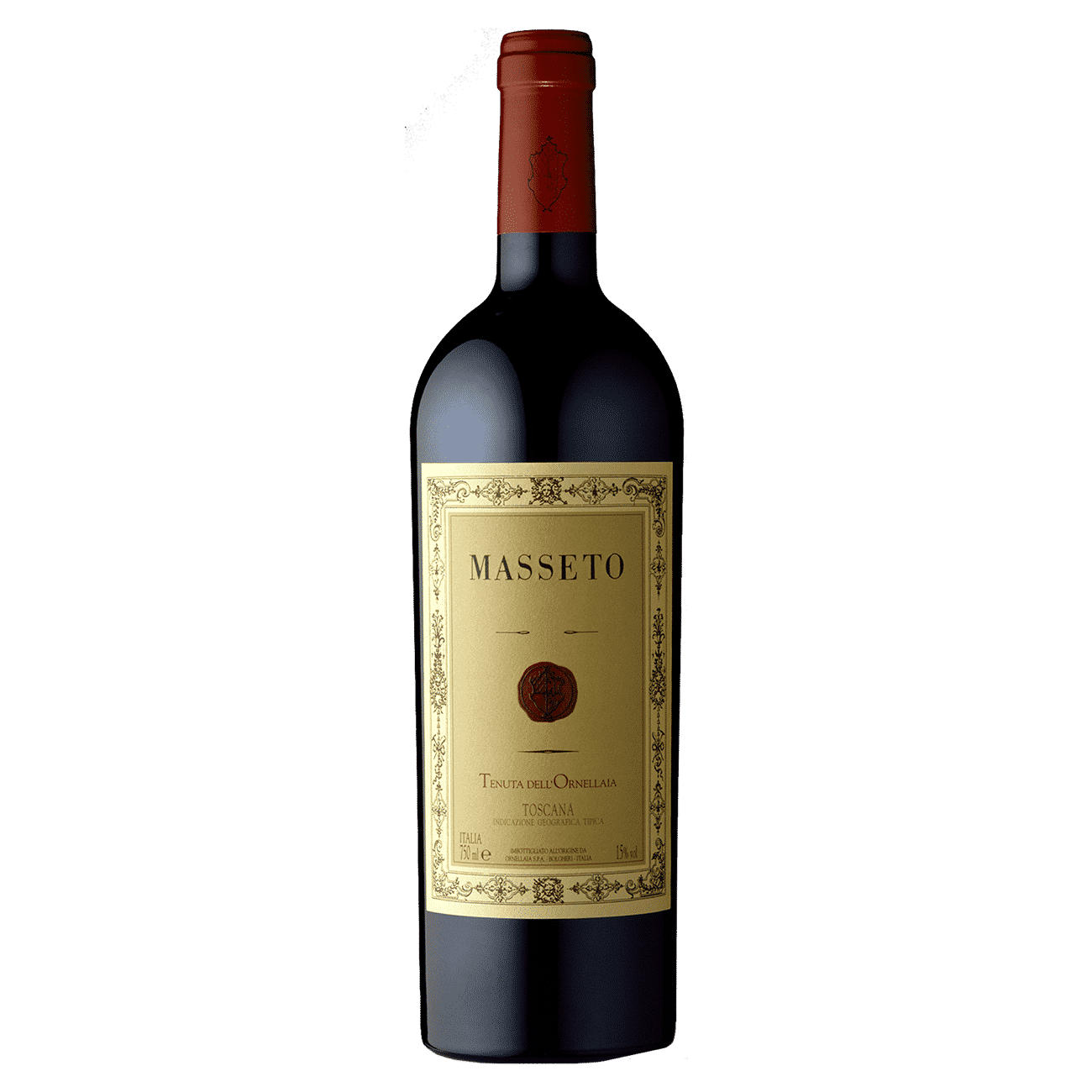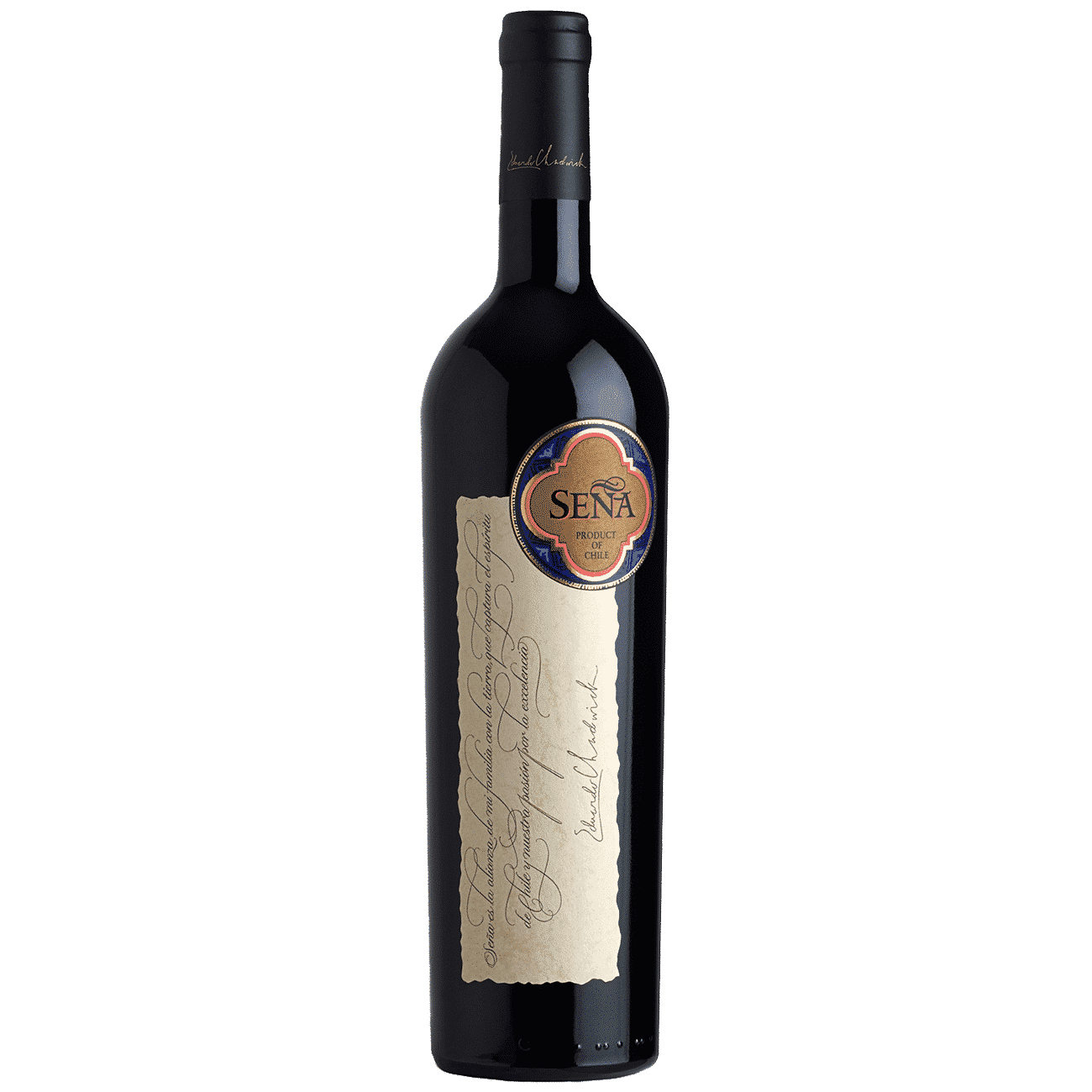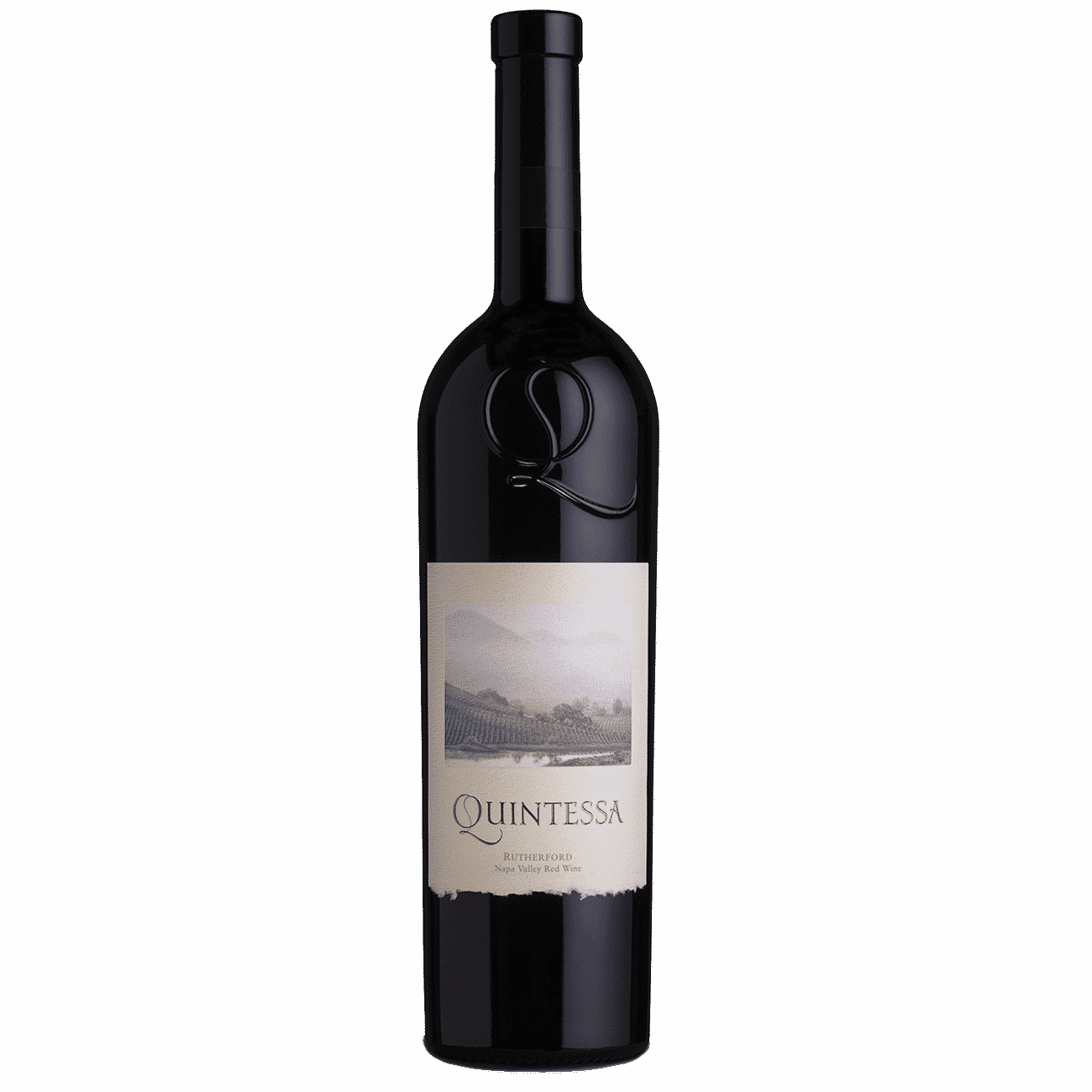Bibi Graetz
Bibi Graetz The son of a sculptor, Bibi Graetz is a creator. At the same time a painter and a winemaker, he inherited from his family in the 1960s the Château de Vincigliata and its two acres of vines in Fiesole, a few kilometres from Florence in the region of Tuscany. It was at the beginning of the 2000s that his wines became known and reknowned the world over, representing them as works of art. It’s true, Bibi Graetz wanted the everyone to discover his artistic talents thanks to his labels featuring abstract paintings with striking colors, a different one for each wine. The vines are very old, surpassing 60 years.
Read More











